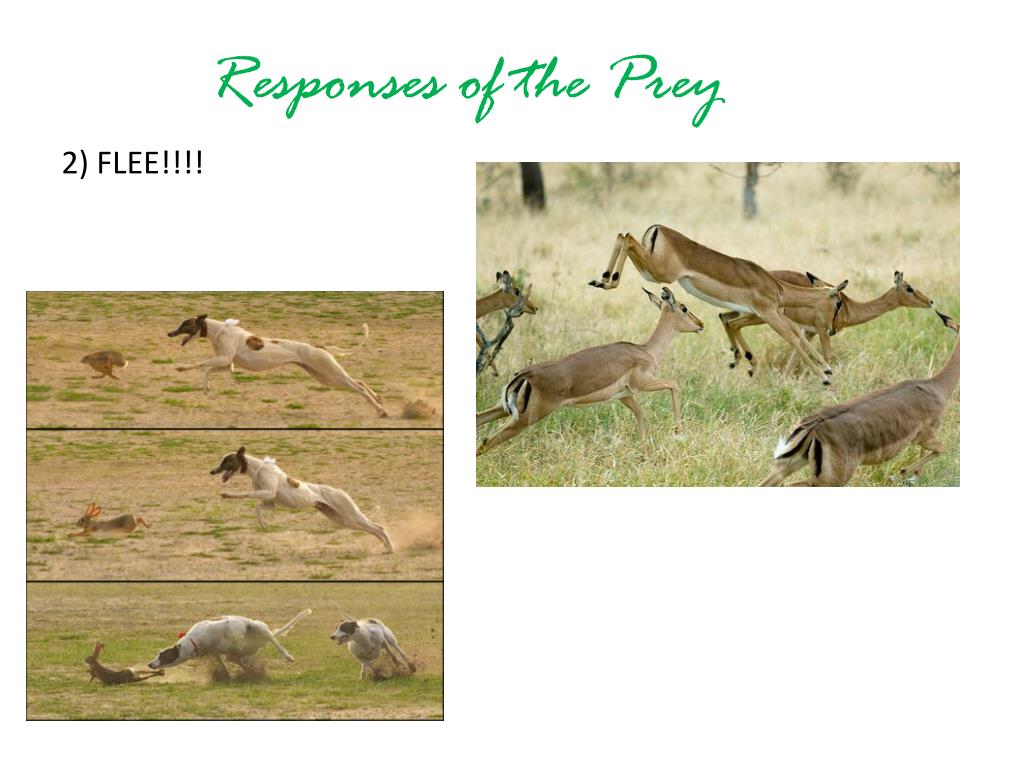

Puget Sound is a series of fjord estuaries in the U.S. Glaciers retreat and the ocean rushes into fill the narrow, deep depression.

Fjord estuaries occur when glaciers carve out a deep, steep valley. Fjord estuaries (4) are a type of estuary created by glaciers. For these reasons, engineers monitor the shifting sandbars of the Outer Banks, and constantly work to maintain them. The islands and sandbars also protect the delicate, brackish ecosystems created by the outflow of many rivers, such as the Roanoke and Pamlico. The Outer Banks protect the region's coast from waves and wind brought by Atlantic Ocean hurricanes. The Outer Banks, a series of narrow barrier islands in North Carolina and Virginia, create sandy, bar-built estuaries. When a lagoon or bay is protected from the ocean by a sandbar or barrier island, it is called a bar-built estuary (3). The Pacific Ocean rushed in through the Golden Gate to flood the downwarped valley. As glaciers retreated, land around the bay experienced post-glacial rebound-without the massive weight of the glacier on top of it, the land gained elevation. Like the Chesapeake, the San Francisco Bay was only filled with water during the last ice age. The interaction of the San Andreas and Hayward faults contributes to downwarping, the process of an area of the Earth sinking. The Hayward fault lies on the East Bay, near where the Sacramento and San Joaquin Rivers enter the estuary. The San Andreas fault is on the coastal side of the bay, where it meets the Pacific Ocean at a strait known as the Golden Gate. The complex tectonic activity in the area has created earthquakes for thousands of years. The San Francisco Bay lies at the junction of the San Andreas fault and the Hayward fault. California's San Francisco Bay is a tectonic estuary. Tectonic activity, the shifting together and rifting apart of the Earth's crust, creates tectonic estuaries (2). The Atlantic Ocean rushed to fill in the wide coastal plain around the Susquehanna River, creating a large estuary known as a ria: a drowned river mouth. Massive glaciers retreated, leaving a carved-out landscape behind. Chesapeake Bay was formed at the end of the last ice age. The Chesapeake Bay, on the East Coast of the United States, is a coastal plain estuary. Coastal plain estuaries (1) are created when sea levels rise and fill in an existing river valley.

Types of Estuaries There are four different kinds of estuaries, each created a different way: 1) coastal plain estuaries 2) tectonic estuaries 3) bar-built estuaries and 4) fjord estuaries. Geographical features such as reefs, islands, mud, and sand act as barriers from ocean waves and wind.
Prey definition full#
Most estuaries, however, are protected from the ocean's full force. During a storm season, storm surges and other ocean waves may flood the estuary with saltwater. The estuary shrinks, and becomes much more saline. During the dry season, the outflow from rivers may slow to a trickle. During the rainy season, rivers may flood the estuary with freshwater. These features also rise and fall with the seasons. In estuaries, water level and salinity rise and fall with the tides. Heated by the sun, anti-estuarine currents are much warmer than estuarine currents. Anti-estuarine currents are strongest near the surface of the water.

When less-dense freshwater from a river flows into the estuary, it has an anti-estuarine current. Saltwater is heavier than freshwater, so estuarine currents sink and move near the bottom of the estuary. High tides can create estuarine currents. When dense, salty seawater flows into an estuary, it has an estuarine current. Tides create the largest flow of saltwater, while river mouths create the largest flow of freshwater. Water continually circulates into and out of an estuary. An estuary may also be called a bay, lagoon, sound, or slough. Brackish water is somewhat salty, but not as salty as the ocean. In estuaries, the salty ocean mixes with a freshwater river, resulting in brackish water. An estuary is an area where a freshwater river or stream meets the ocean.


 0 kommentar(er)
0 kommentar(er)
